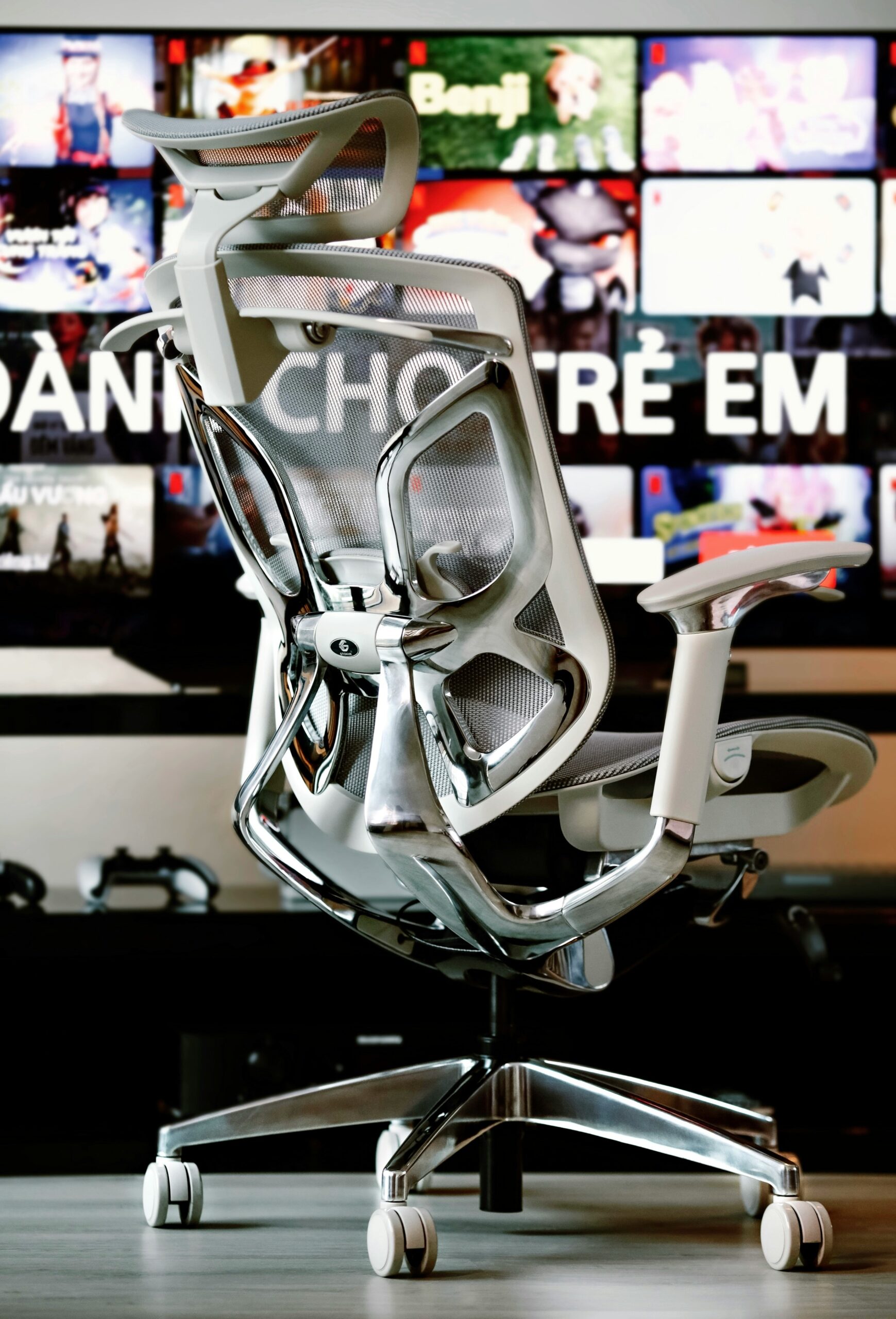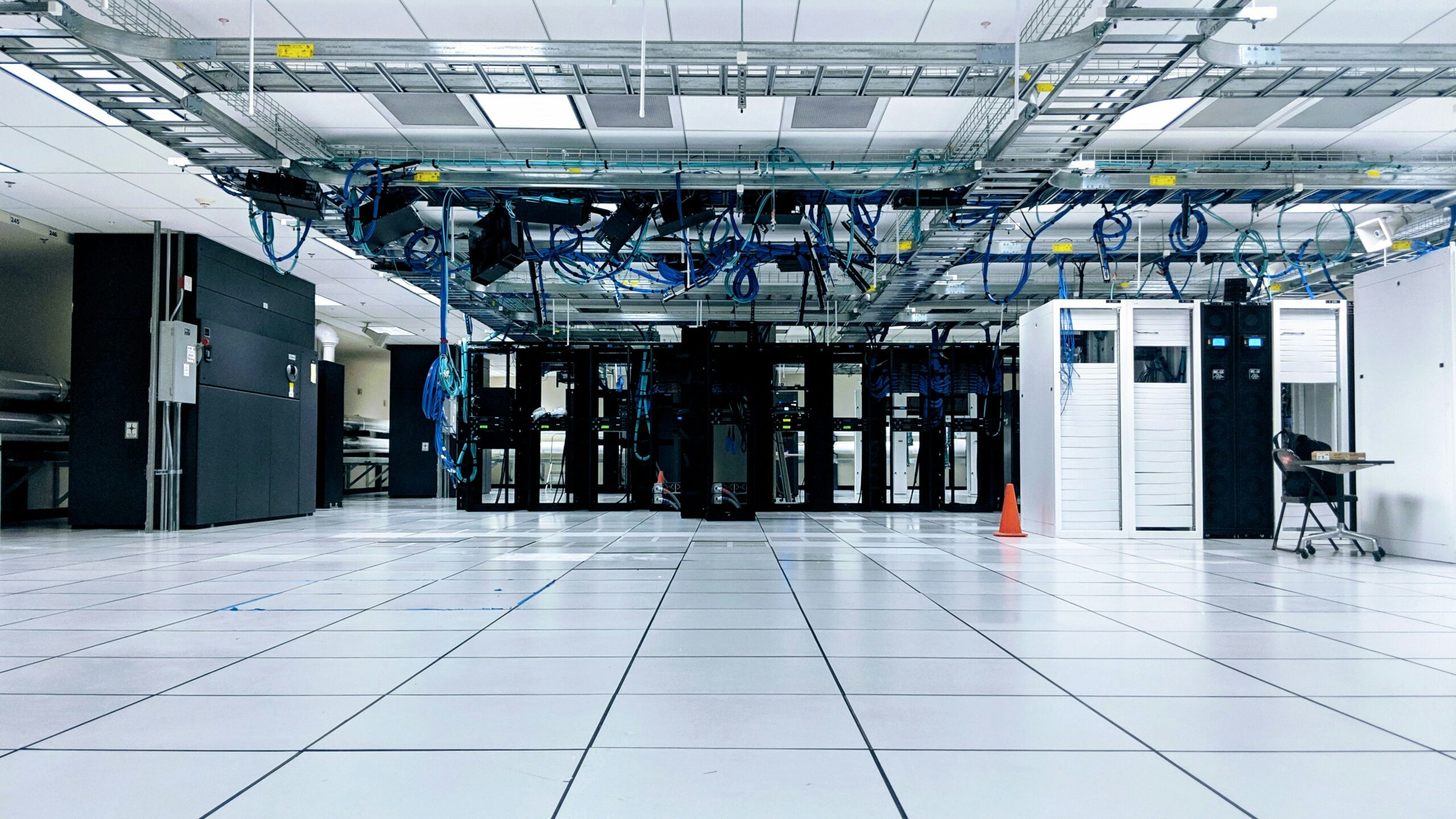Ever feel like your screen’s just too… narrow? Ultrawide monitors pull you into the action with that extra peripheral vision—perfect for spotting enemies sneaking in from the sides or keeping multiple app windows open while you frag. They’re not just wider; with curves, higher refresh rates, and advanced panels, they elevate immersion and responsiveness in ways a standard 16:9 can’t touch.
But not all ultrawides are created equal. From the wrap-around 1000R curves that cradle your vision to the blistering 240 Hz refresh rates and cutting-edge OLED or Mini-LED panels, each model walks a different line between clarity, speed, and immersion. In the following reviews, we’ll break down eight of the best ultrawide gaming monitors—from budget-friendly VA panels to flagship 5K2K OLED beasts—so you can find the perfect blend of performance, picture quality, and sheer screen real estate for your setup.
Best Ultrawide Monitors: Quick Comparison
| Model | Size | Resolution / Refresh Rate | Panel Type | Curvature | Price (Amazon) |
| LG 45GX950A-B Ultragear 5K2K | 45″ | 5120 × 2160 @ 240 Hz | OLED | 800R | $1999 – Buy Now |
| LG 34WN80C-B UltraWide Monitor | 34″ | 3440 × 1440 @ 60 Hz | IPS | 1900R | $769 – Buy Now |
| Alienware AW3425DWM Curved OLED | 34″ | 3440 × 1440 @ 165 Hz | QD-OLED | 1900R | $400 – Buy Now |
| Samsung Odyssey Neo G9 | 57″ | 7680 × 2160 (32:9) @ 240 Hz | Mini-LED VA | 1000R | $2300 – Buy Now |
| Samsung Odyssey G9 (G95C) | 49″ | 5120 × 1440 (32:9) @ 240 Hz | Quantum Mini-LED | 1000R | $1000 – Buy Now |
| Dell U3419W UltraSharp | 34″ | 3440 × 1440 @ 60 Hz | IPS | 1900R | $1059 – Buy Now |
| LG 34WP60C-B | 34″ | 3440 × 1440 @ 160 Hz | VA | 1500R | $350 – Buy Now |
| Sceptre C345B-QUT168 | 34″ | 3440 × 1440 @ up to 165 Hz | VA | 1500R | $268 – Buy Now |
Best Ultrawide Monitors: Top Picks
LG 45GX950A-B 45-inch Ultragear 5K2K
Quick Highlights:
- 5120 × 2160 (5K2K) resolution at 240 Hz
- 0.03 ms OLED response time with 800R curvature
- G-SYNC Compatible & FreeSync Premium support
- Peak HDR brightness ~550 nits, 99 % DCI-P3
- Price – $1999 – Buy Now
LG’s 45GX950A-B pushes ultrawide boundaries with a 45-inch, 5120 × 2160 OLED panel wrapped in an aggressive 800R curve. Its 240 Hz refresh rate and virtually instantaneous 0.03 ms response time deliver utterly smooth motion, while per-pixel dimming and peak HDR brightness of around 550 nits produce inky blacks and vibrant highlights across 99 % DCI-P3 color. Whether you’re navigating a flight sim cockpit or scanning a sprawling RPG landscape, the OLED contrast and wraparound immersion make every detail pop.
Connectivity is equally robust, featuring DisplayPort 1.4, three HDMI 2.1 ports, and a built-in USB hub with quick-charge support. This versatility lets you juggle consoles, high-end PCs, and peripherals without swapping cables. Note that driving 5K2K at 240 Hz demands a flagship GPU, and long-term static elements can risk burn-in—LG’s screen-savers and pixel-shift routines help mitigate retention, but high-end performance comes at a premium.
Pros
- Best-in-class OLED contrast and color
- Blistering 240 Hz refresh and near-zero lag
- Deep, immersive curvature
Cons
- Very expensive
- OLED burn-in considerations
LG 34WN80C-B UltraWide Monitor
Quick Highlights:
- 3440 × 1440 WQHD at 60 Hz
- IPS panel, ΔE < 2 out of the box
- 1900R curve, 380 nits peak brightness
- USB-C with 60 W power delivery
- Price – $769 – Buy Now
The LG 34WN80C-B delivers a balanced ultrawide experience with its 34-inch, 3440 × 1440 IPS panel and a gentle 1900R curve. Although capped at 60 Hz, it excels in color accuracy (ΔE < 2 out of the box) and wide viewing angles, backed by a 380 nit peak brightness and 1000:1 contrast ratio. This combination makes it ideal for photo and video editing, single-player gaming, and general productivity without overwhelming GPU demands.
A built-in USB-C port provides up to 60 W of power delivery alongside video and data, simplifying connections for modern laptops. Slim bezels, an ergonomic stand, and a mix of DisplayPort and HDMI inputs round out its feature set, making it a versatile all-rounder that blends work and play in a sleek, cost-sensitive package.
Pros
- Outstanding color fidelity and viewing angles
- Built-in USB-C docking simplifies your setup
- More affordable than 144 Hz ultrawides
Cons
- Limited to 60 Hz refresh
- Basic HDR performance
Alienware AW3425DWM 34″ Curved OLED
Quick Highlights:
- 3440 × 1440 QD-OLED at 165 Hz
- 0.1 ms response time, DisplayHDR True Black 400
- G-SYNC Compatible, AMD FreeSync Premium Pro
- Peak brightness ~600 nits, 99 % DCI-P3
- Price – $400 – Buy Now
Alienware’s AW3425DWM merges a 34-inch, 3440 × 1440 QD-OLED panel with a 165 Hz refresh rate and 1900R curvature for razor-sharp responsiveness and deep immersion. The 0.1 ms gray-to-gray response and sub-3 ms input lag make competitive shooters feel instantaneous, while DisplayHDR True Black 400 certification and 99 % DCI-P3 coverage ensure colors are vivid and blacks are flawlessly dark.
Connectivity includes DisplayPort 1.4, HDMI 2.1, and USB-C, plus a built-in USB hub for accessories. Ergonomic adjustments and AlienFX lighting complete the premium feel—ideal if you want OLED’s trademark contrast and speed in an ultrawide format, provided you’re prepared for the investment and occasional burn-in maintenance.
Pros
- Superior color volume and contrast
- Extremely low input lag at high refresh
- Premium build and adjustability
Cons
- High price point
- OLED lifespan management needed
SAMSUNG 57″ Odyssey Neo G9
Quick Highlights:
- 7680 × 2160 (32:9) at 240 Hz
- Mini-LED with 2048 local dimming zones
- HDR1000, 1000R curvature
- Peak brightness ~1400 nits
- Price – $2300 – Buy Now
Samsung’s Odyssey Neo G9 is a colossal 57-inch, 7680 × 2160 (32:9) Mini-LED VA panel with a 1000R curve and 240 Hz refresh. Its 2048 local dimming zones deliver a native contrast ratio near 10,000:1, and peak HDR brightness around 1400 nits makes highlights blisteringly bright while preserving deep blacks. This dual-4K equivalent canvas fully envelops your view, creating an unmatched sense of scale in sim and open-world titles.
For connectivity, you get two DisplayPort 1.4 ports and HDMI 2.1 inputs, along with Samsung’s Tizen-based OSD offering advanced picture and motion-enhancement features. Driving this many pixels demands top-tier GPU power, but if your hardware can keep up, the Neo G9 redefines immersion and multitasking in a single, awe-inspiring display.
Pros
- Unrivaled immersive field of view
- Peak HDR brightness and contrast
- Ultra-smooth 240 Hz performance
Cons
- Demands flagship GPU power
- Massive size and price
SAMSUNG 49″ Odyssey G9 (G95C)
Quick Highlights:
- 5120 × 1440 (32:9) at 240 Hz
- Quantum Mini-LED, HDR1000
- 1000R curve, 2000 dimming zones
- Input lag ~6 ms
- Price – $1000 – Buy Now
The 49-inch Odyssey G9 G95C condenses super-ultrawide thrills into a 5120 × 1440 Quantum Mini-LED panel with a 1000R curve and up to 240 Hz refresh. Its 2000 local dimming zones yield a contrast ratio near 5000:1, and peak HDR brightness around 1200 nits delivers punchy highlights without sacrificing black depth. This makes it ideal for competitive gaming and immersive single-player adventures alike.
Equipped with G-SYNC Compatible and FreeSync Premium Pro, the G95C eliminates tearing, while input lag stays around 6 ms. Adjustable stand mechanics and a straightforward port selection—including HDMI 2.1, DisplayPort 1.4, and a USB hub—ensure both comfort and convenience for long sessions on a more manageable ultrawide scale.
Pros
- Deep immersion with a more compact form
- Fast refresh and low lag for competitive play
- Strong HDR performance
Cons
- Still sizeable for small desks
- Premium cost
Dell U3419W UltraSharp
Quick Highlights:
- 3440 × 1440 at 60 Hz, IPS panel
- ΔE < 2 factory calibration
- 1900R curve, 350 nits brightness
- USB-C, HDMI, DP, Ethernet
- Price – $1059 – Buy Now
Dell’s U3419W is a 34-inch, 3440 × 1440 IPS ultrawide designed for professionals who dabble in gaming. Factory-calibrated to ΔE < 2 and offering >90 % uniformity, its color accuracy and wide viewing angles shine in editing, office work, and immersive single-player games. While refresh is limited to 60 Hz and peak brightness hovers around 350 nits, the panel handles HDR content gracefully and maintains consistent performance.
The monitor doubles as a docking station via USB-C (power, data, and video) and includes HDMI, DisplayPort, and Ethernet ports for streamlined connectivity. With about 8 ms of input lag, it’s best suited to casual play rather than esports, but its split-screen software and ergonomic design make it a compelling choice for hybrid work/play environments.
Pros
- Exceptional color accuracy and uniformity
- Feature-rich connectivity
- Professional, understated design
Cons
- Capped at 60 Hz
- No adaptive sync
LG 34WP60C-B
Quick Highlights:
- 3440 × 1440 VA at 160 Hz
- 1 ms MBR, 1500R curvature
- 99 % sRGB, AMD FreeSync
- Contrast ~3000:1, 400 nits peak
- Price – $350 – Buy Now
LG’s 34WP60C-B brings a high refresh rate to a budget 34-inch, 3440 × 1440 VA panel with a 1500R curve. Its 160 Hz capability, 1 ms Motion Blur Reduction, and AMD FreeSync support deliver smooth, responsive gameplay, while a contrast ratio near 3000:1 ensures deep blacks and vibrant colors. Peak brightness of around 400 nits and 99 % sRGB coverage make it surprisingly capable for its price point.
Dual DisplayPort and HDMI inputs plus a simple tilt-adjust stand round out the feature set. Input lag stays under 6 ms, making it snappy in fast-paced genres, and the robust VA contrast means shadow details remain punchy. It’s an excellent choice for entry-level ultrawide gamers who prioritize speed and immersion on a tighter budget.
Pros
- Excellent speed-to-price ratio
- Strong contrast and color coverage
- Smooth FreeSync gameplay
Cons
- VA viewing angles narrower than IPS
- Modest HDR support
Sceptre 34″ C345B-QUT168
Quick Highlights:
- 3440 × 1440 VA at up to 165 Hz
- 1 ms MPRT, 1500R curvature
- 99 % sRGB, Picture-by-Picture
- Dual DisplayPort inputs
- Price – $268 – Buy Now
Sceptre’s C345B-QUT168 is a value-packed 34-inch, 3440 × 1440 VA ultrawide with a steep 1500R curve and up to 165 Hz refresh. Its 1 ms MPRT and contrast ratio around 3500:1 deliver clear motion and rich blacks, while 99 % sRGB coverage ensures colors remain accurate for gaming and media. Peak brightness of approximately 300 nits and a matte finish keep glare under control.
The monitor offers dual DisplayPort 1.4 and HDMI 2.0 inputs, plus a Picture-by-Picture mode for multi-source viewing—handy for streamers or productivity setups. Though it lacks premium extras like USB-C or advanced HDR, its performance in real-world gaming far exceeds expectations for its modest price, making it a standout budget ultrawide.
Pros
- Extremely budget-friendly for 165 Hz ultrawide
- Deep VA contrast and low lag
- Useful multitasking modes
Cons
- Lower peak brightness
- Minimal extra features
Conclusion
Ultrawide gaming monitors aren’t just about size—they’re about building an immersive battlefield where every detail counts. From the OLED might of LG’s 45GX950A-B and Alienware’s QD-OLED powerhouse, to Samsung’s super-wide Odyssey series and budget champs like LG’s 34WP60C-B and Sceptre’s C345B, there’s an ultrawide for every gamer’s needs and budget. Choose the one that fits your space, GPU, and gaming style, and get ready to see—and react to—more of your virtual world than ever before.
Also Read:












